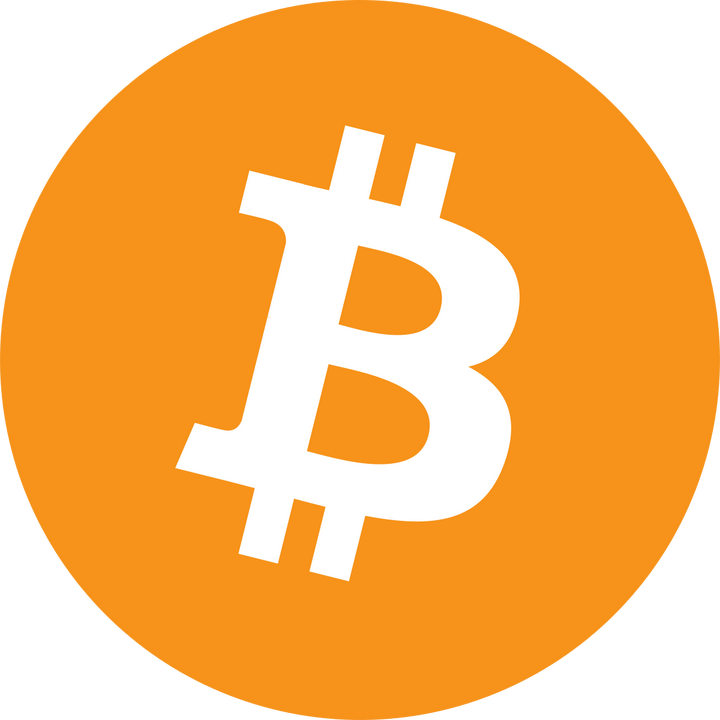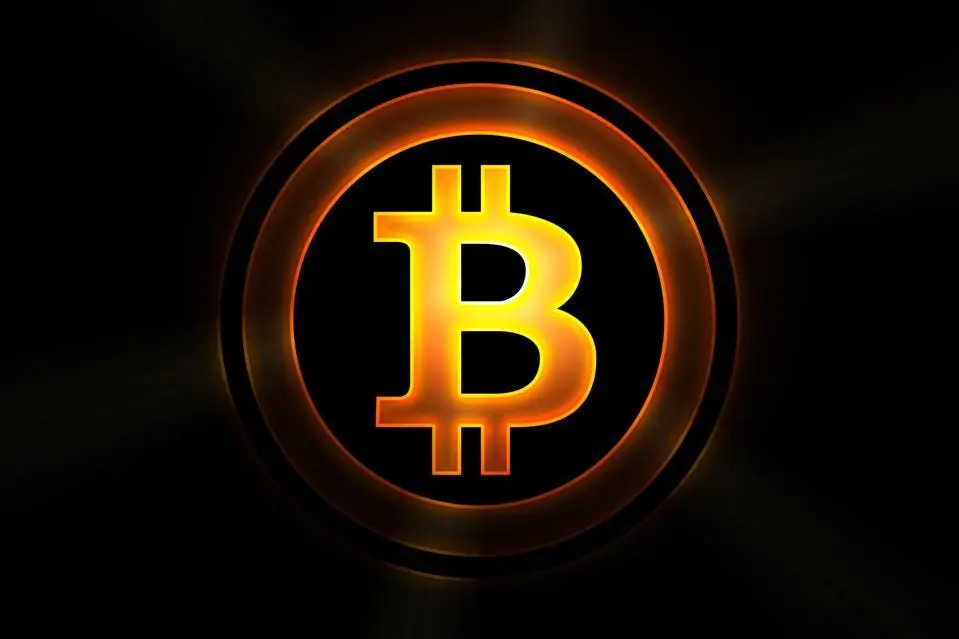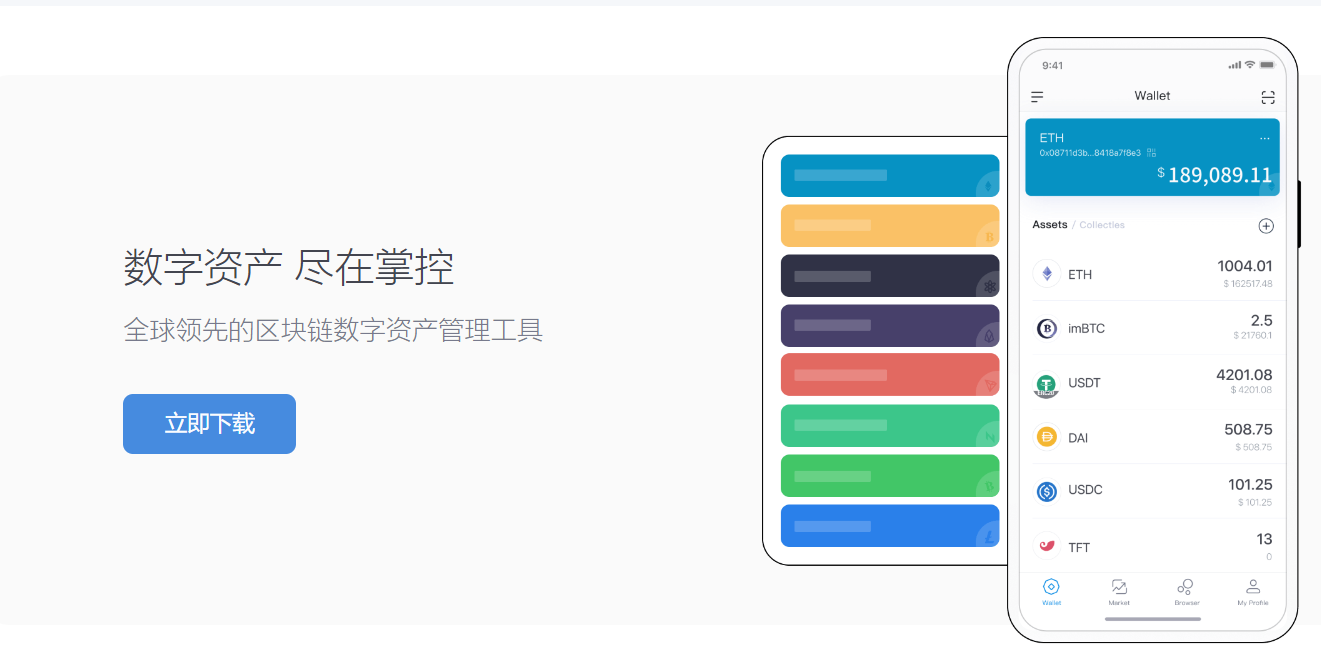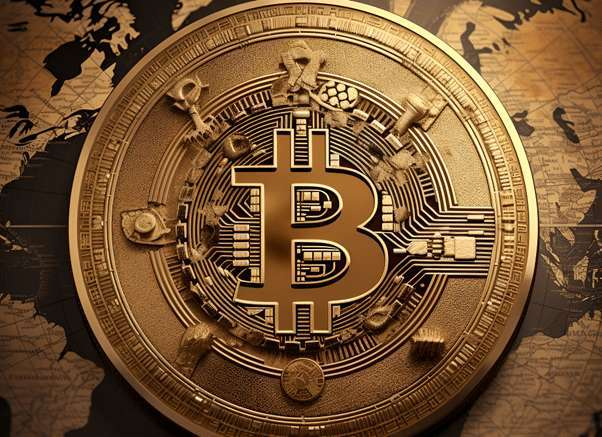A full analysis of the 13 NFT types in the crypto market
When it comes to the hottest digital asset of 2021, it’s the NFT. Today, NFT has become an unstoppable global phenomenon, with many of the world’s most famous footballers, film stars and singers taking advantage of the popularity of their own NFT collections.
Many people may find the term “NFT” difficult to understand because of the technical jargon involved. In fact, in layman’s terms, an NFT is an independent, non-interchangeable unit of data stored on a blockchain. A blockchain is a digital ledger from which the NFT holder obtains proof of ownership. Is this a better way of putting it?
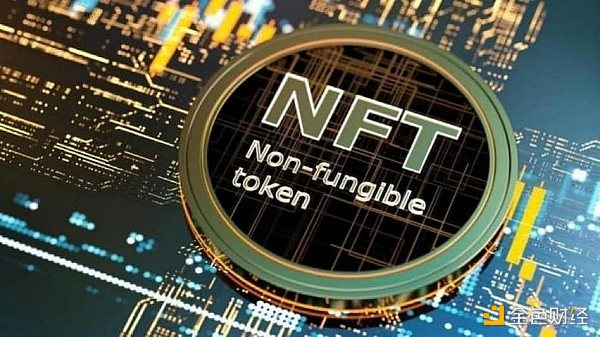
In general, NFT stands for virtual art and is divided into several different types, so let’s take a look at them.
- Artworks
Currently, this is the most popular type of NFT. Each digital artwork has a certificate representing its authenticity and ownership, which is issued by the digital ledger in which it is stored. To date, the most expensive NFT digital artwork sold is The First 5000 Days by the artist Beeple, which sold at Christie’s in March 2021 for $69.3 million.
- The Collection
Collectibles are the first ever NFT category to be launched. They were inspired by physical collectibles such as Pokemon cards or vintage toys, but in digital form. What many people don’t realise is that Curio Cards was the first major NFT collection ever released, and that several others that followed, such as Bored Ape Yacht Club, Cryptopunks, Cat Colony and Meebits, are now sought after by collectors around the world. Of these, Bored Ape Yacht Club is by far the most valuable digital collectible.
- Sports collections
Sports collectibles are one of the most popular NFT categories today, with the NBA Top Shot being one of the most famous. These are often video clips of great sporting moments, the most famous of which is LeBron James’ dunk - the Throwdowns collection, which currently sells for over $380,000, making it the one of the most expensive sports collectibles ever made.
Digital asset-based games
In these NFT-based digital games, players can earn cryptocurrency, digital assets or other NFT rewards for participating in the game. The first NFT-based digital asset game in the space was Axie Infinity, and a number of similar games such as CryptoKitties, Gods Unchained, Sorare and others have since emerged and become popular among players.
- Virtual Lands
Virtual lands include digital games and lands in the metaverse. While these assets may seem like a cheap and ineffective asset, they actually have a lot of potential. These virtual lands can be used to place advertisements in digital games, create virtual assets, etc.
- Meme
A few years ago, it would have been inconceivable that memes could have any added economic value. However, in this wave of NFT, meme has become a very valuable digital asset. The earliest DOGE meme was created in June 2021 and was sold for $4 million. In addition, memes such as Disaster Girl, Bad Luck Brian, Success Kid and NyanCat were also valued highly and sold for astronomical prices, with the “Disaster Girl” meme selling for over $470,000. The creators of these memes have also sold them for over $47 million. The creators of these memes became rich and the meme market became a lucrative market.
- domain names
These crypto domains minted on blockchains such as the Coin Smartchain or Ether have a total of over 500 domain extensions, the most popular of which is “.ETH”. Crypto domains are not dependent on any one centralised centralised authority and are an asset that everyone desires. In addition, they can be linked to crypto wallets. However, the biggest disadvantage of cryptographic domain names is that most browsers do not currently support them.
- Music
Music is sort of the up-and-coming area of the NFT craze. Typically, artists will pre-release their albums on the NFT marketplace before they go on to traditional streaming platforms. Buyers can purchase a portion of the album’s NFT upfront during the pre-release phase, similar to a stake, and then share in the proceeds from the album when it is released through traditional channels. While this business model is not yet the way all music NFTs are transacted, a significant number of deals are already beginning to follow it. For example, in March 2021, the album When You See Yourself by American rock band Kings of Leon split itself into multiple NFTs for sale in a similar way.
- Ticketing
The advent of NFT has brought all sorts of innovations to the way everyday transactions are conducted, and it certainly hasn’t left the ticketing sector behind. Tickets for various events can now be minted using the blockchain platform and later auctioned off by the organisers, or of course sold for a single price. It is certain that the sale of tickets in the form of NFT could significantly reduce ticket forgery and give buyers the feeling of buying a collector’s item (as these tickets could also be kept and resold as collectors’ items).
- real world assets
Reading this, you may be wondering if NFT is only tied to digital and virtual assets? The answer is no, NFT also has applications associated with real-world assets. A real-world asset, NFT (rwANFt), is a token that represents virtual ownership of a physical object. Like digital NFTs, rwANFT tokens not only prove ownership of an item, but also have legal effects in terms of warranty, insurance, enforceability, etc. As the tokens cannot be counterfeited and the digital ledger is transparent and fraud-proof, rwANFT amounts to an additional layer of security.
- Fashionable goods
This may sound crazy and it is difficult for the average person to understand that fashion can actually be virtualised. Surprisingly, however, fashion NFTs are not only very real but also have a significant market value. Fashion NFTs often include customised clothing and accessories for digital images and video game characters. In addition, luxury brands Louis Vuitton and Burberry have also launched a range of fashion NFTs, including kimonos and sneakers created for digital images.
- Identity
It has to be admitted that NFT has gained a great deal of attention in the real world, thanks to its irreplaceable nature and the transparency of digital ledgers. One practical real-world application of identity-based NFT is to provide proof of identity for individuals, and self-sovereign identity and bridging protocols are some of the use cases in the field of personal identification.
- Other online projects
This category includes everything not covered by the previous 12 categories, including tweets, blogs, Instagram posts and so on. In other words, anything that can be minted on a digital ledger and is irreplaceable falls into this category. For example, former Twitter CEO Jack Dorsey’s first tweet sold for $2.9 million.
No one would have thought that the NFT market would be so booming today, with countless new NFT projects being launched every day. New technologies are constantly being created to meet our basic needs and desires. Today, NFT is not only closely linked to digital and virtual assets, but as technology continues to break through, real-world related NFT applications are also being created and transactions will henceforth become more transparent and secure.
Nevertheless, the future of NFT is still only in its infancy and will have an even more profound impact on the way we live, socialise and invest, and the ability to integrate the utility of different NFTs will bring us unimaginable value.
